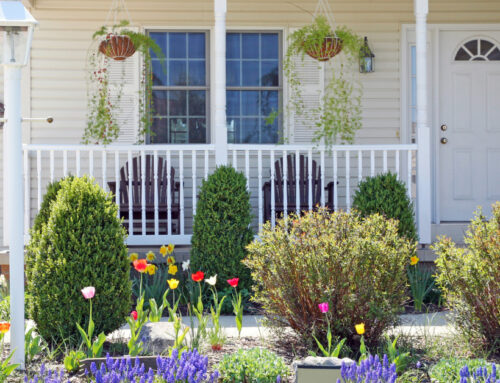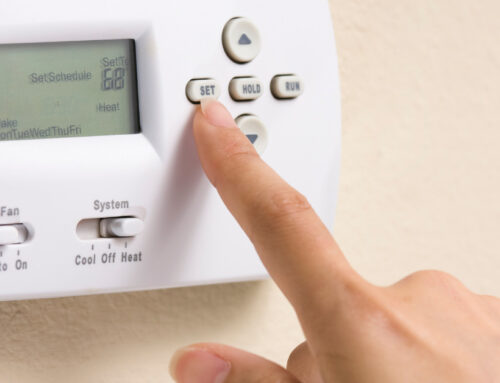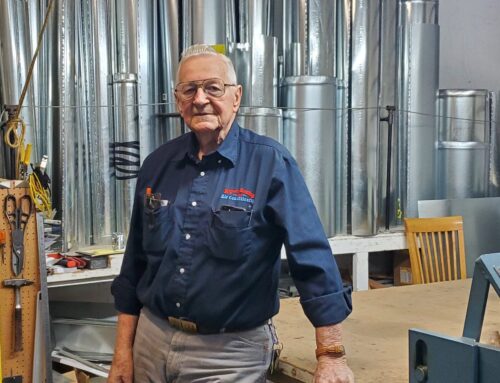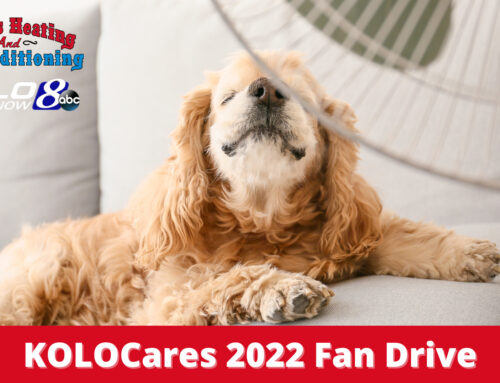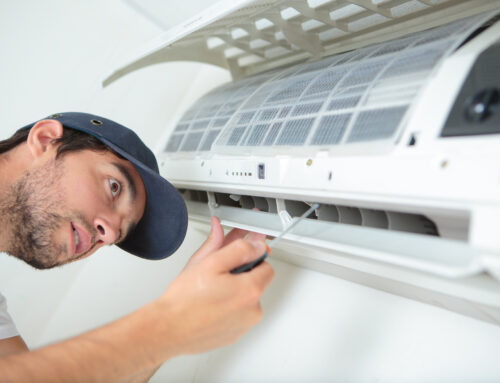Part 1
It’s that time of year
In a nutshell
Remove the source
Fresh air (dilution)
Humidity
What’s next?
It’s that time of year
We’ve had a particularly irritating pollen season and according to the Allergy & Asthma Network, we’re just getting started. Add in the approaching wildland fire season and concerns about the continued spread of COVID-19, now is a good time to talk about indoor air quality.
The Environmental Protection Agency (EPA) document “Residential Air Cleaners, A Technical Summary” looks at air cleaners for residential use. And technical it surely is! I’m going to break it down more simply over two parts – there’s a lot to cover.
In a nutshell
Basically, the EPA’s sequence to improving your indoor air quality boils down to three things:
- Remove sources of pollutants (if possible)
- Dilute pollutants using ventilation
- Use air-cleaning devices (we’ll cover these next time)
Remove the source
If you have a rotten apple in your kitchen, you don’t open a window to get rid of the smell. You remove the offending source, in other words, that darn apple.
One way to deal with indoor air pollution is to reduce, avoid or remove pollutants to the outdoors through your exhaust system (typically kitchen and bathroom exhaust fans, but open doors and windows count too). These include pollutants like pollens, pet dander and emissions from cooking, smoking or even excessive water vapor that naturally occurs during showering and cleaning. Other more expensive and disruptive ways include replacing certain types of flooring with solid woods or other alternatives and addressing underlying moisture issues.
Fresh air (dilution)
Bringing in fresh air, or dilution, is the most effective way to remove pathogens from your indoor air.
If you have a central, forced-air system like most of us, the solution can be simple. A small duct is run from your system’s return air to the outdoors, making sure the outdoor end of the duct is placed so that it accesses high-quality air. Whenever the system fan runs, it will draw a small amount of fresh air into your system, delivering it to the indoors through the supply ducting and registers.
It’s important to remember that outdoor air isn’t necessarily better than indoor air (think smoke season) and it needs to be well filtered. Also, bringing in fresh air will impact energy use and possibly comfort during times of extreme heat or cold as your system works to heat or cool the incoming outdoor air.
Heat Recovery Ventilators (HRV) can help with energy savings and air quality to supply fresh air to a relatively air-tight home. HRVs have an inlet for fresh air and outlet for stale indoor air as well as a heat exchanger which helps condition incoming air.
Energy Recovery Ventilators (ERV) are similar to HRV, but can also help manage indoor humidity, although they are not used as often in arid climates.
Residential control systems may also help. For example, a control can be set so when it’s too hot or too cold outside, the source of fresh air is shut off. Likewise, carbon dioxide (CO2) is often used as a proxy measurement for indoor air quality. A control can enable or disable fresh air provision based on indoor levels of CO2 detected in your home.
Humidity
We’re not known for our humidity here in the high desert. High humidity can potentially lead to increased mold in your home, but humidity that’s too low can lead to physical ailments. Sealing your building envelope by repairing leaks around windows, doors and even in your ductwork can help with the amount and quality of outdoor air coming into your home.
What’s next?
We’ve covered the first two recommendations by the EPA for removing pollutants from your home. Next month, we’ll discuss filtration and air cleaning devices. In the meantime, change your properly sized filters, and give us a call to get your system ready for summer.
If you have a question or comment, I’d love to hear from you. Please send it to me at [email protected] and I’ll try to answer it in an upcoming column.
— Dirk


